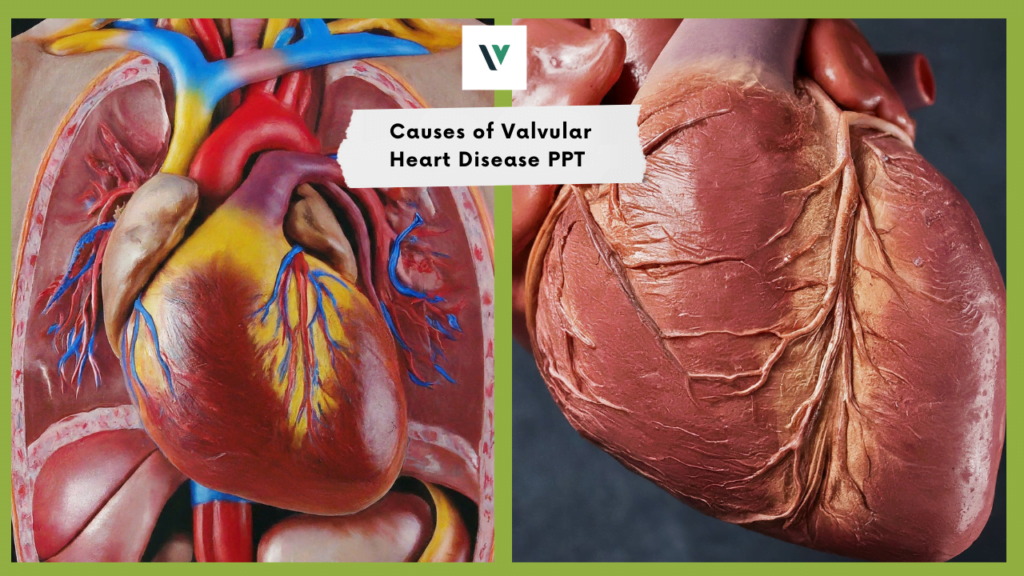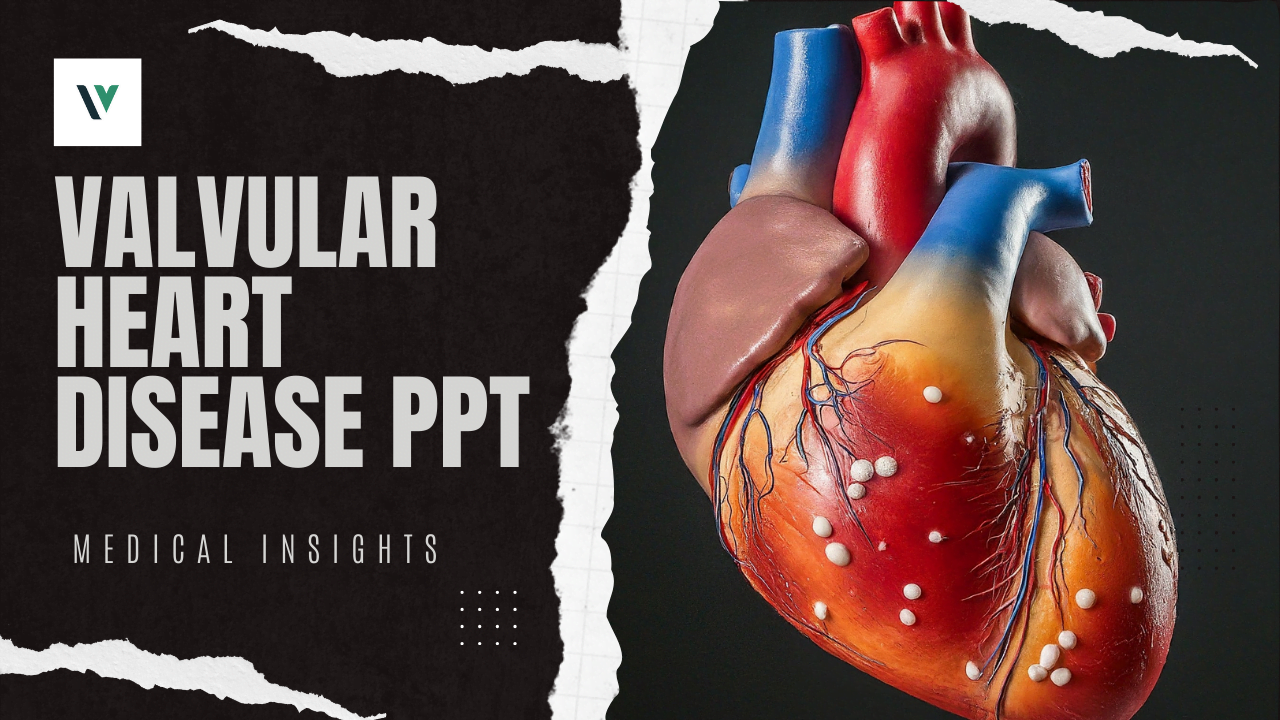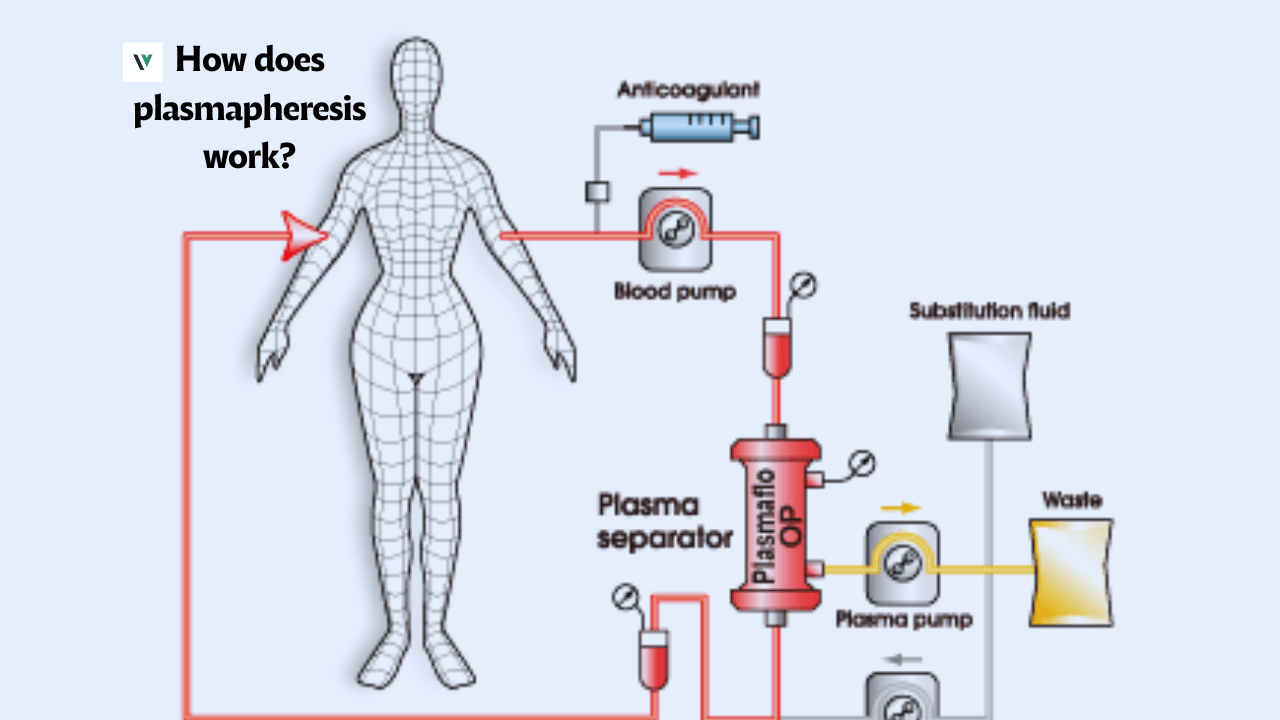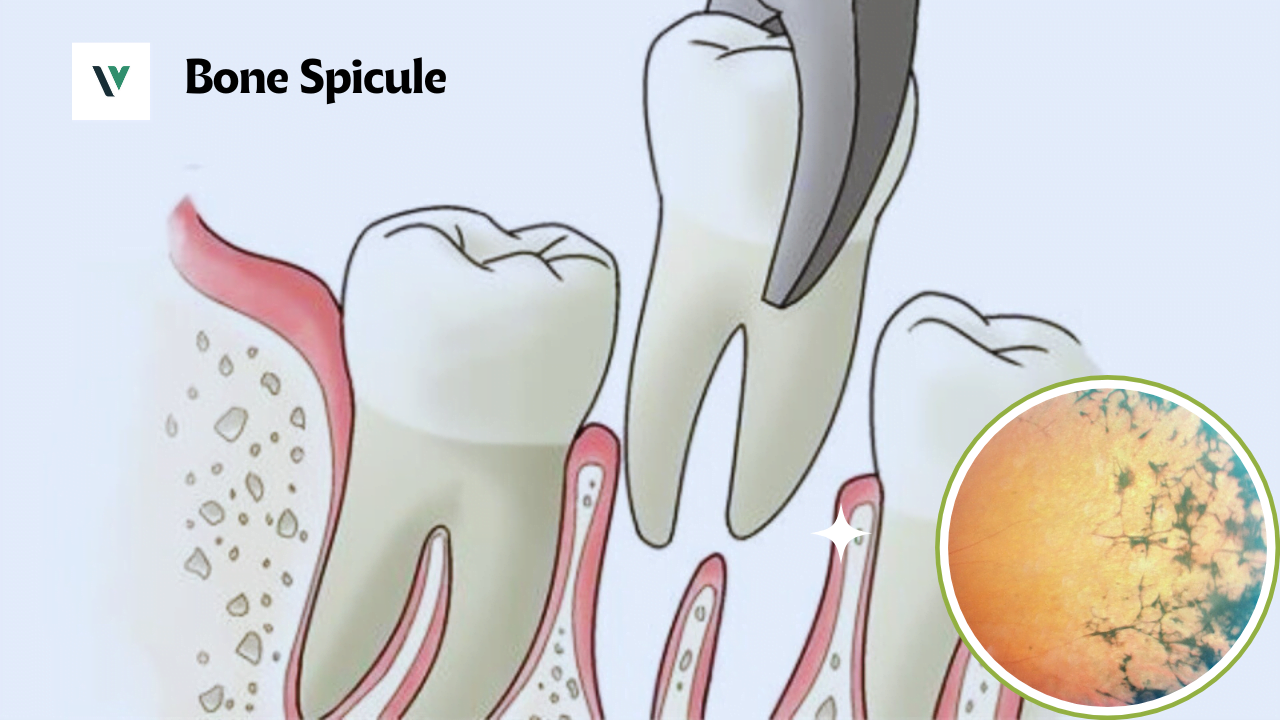Understanding Valvular Heart Disease PPT
Valvular heart disease PPT, otherwise called valvular coronary illness, incorporates a scope of conditions influencing the heart’s valves. These valves, urgent for keeping up with blood course through the heart’s chambers, can become harmed or broken, prompting different unexpected problems. Understanding the components and ramifications of Valvular heart disease PPT is fundamental for the two patients and medical services suppliers.
What are Valves and Their Role in the Heart?
Your heart, an enthusiastic siphon keeping you alive, depends on four pivotal one-way valves to guarantee blood streams effectively. These valves carry on like little entryways, decisively positioned at the openings between the heart’s chambers and significant vessels. Every valve has fragile folds or cusps that open and close in amazing luck with the heart’s compressions.
- Ensuring One-Way Traffic: The valves’ essential job is to keep blood from streaming in reverse. Envision a traffic signal at a road that goes only one direction. As a chamber contract, pushes blood forward, the comparing valve opens, permitting a smooth section. When the blood has continued, the valve immovably closes, forestalling any reverse that could upset the heart’s musical siphoning.
- Optimizing Blood Flow: The valves likewise assume a crucial part in guiding blood to the right objections. For example, the aortic valve guarantees oxygen-rich blood gets siphoned from the passed-on ventricle to your whole body. Alternately, the pneumonic valve coordinates oxygen-drained blood from the right ventricle to the lungs for re-oxygenation.
- Maintaining Pressure: By forestalling discharge, the valves assist with keeping up with appropriate strain inside the heart’s chambers. This tension inclination is fundamental for the heart to siphon blood successfully all through the body.
Types of Valvular Heart Disease PPT
Valvular heart disease PPT can appear in two fundamental ways, contingent upon how the valve breaks down: stenosis and disgorging.
- Stenosis: This happens when the valve flyers become limited or thickened, confining blood course through the valve. This can prompt expanded responsibility on the heart chamber going before the limited valve and at last cardiovascular breakdown. Models incorporate aortic stenosis (restricting of the aortic valve) and mitral stenosis (limiting of the mitral valve).
- Regurgitation: This happens when the valve flyers don’t close as expected, making blood spill once more into the chamber it came from. This powers the heart to work harder to siphon blood forward, at last, prompting exhaustion and windedness. Models incorporate aortic disgorging (spillage of the aortic valve) and mitral spewing forth (spillage of the mitral valve).
The particular sort of valvular coronary illness relies upon which valve is impacted and the way that it glitches. Other, more uncommon sorts incorporate atresia (complete blockage) and atretic opening (a little opening in a deformed valve).
Causes of Valvular Heart Disease PPT

Valvular heart disease PPT can come from different issues present upon entering the world (inborn) or procured throughout life. Intrinsic deformities incorporate contorted valves, similar to a bicuspid aortic valve, where you have two handouts rather than three. Procured causes envelop a range of conditions. Rheumatic coronary illness, a confusion of untreated strep throat diseases, can harm valves because of the body’s insusceptible reaction. Likewise, diseases of the internal heart lining, called infective endocarditis, can harm valves assuming microbes hold up on them.
Diminished blood stream to the heart muscle from coronary course sickness can debilitate the heart and by implication influence valve capability. Illnesses of the heart muscle itself, cardiomyopathies, can expand heart chambers, prompting ill-advised valve conclusion. With age, valves can normally turn out to be firm and thickened, causing restricting (stenosis) or spillage (disgorging). Certain drugs, connective tissue sicknesses, and radiation treatment can likewise add to valvular heart disease ppt.
Symptoms of Valvular Heart Disease PPT
Valvular heart disease PPT can introduce a large number of side effects, frequently relying upon the particular valve impacted and the seriousness of the condition. Early signs might be inconspicuous, however as the infection advances, side effects like weariness, windedness (especially with effort), chest agony, palpitations, and shortcomings can turn out to be more articulated. Moreover, certain valves might have trademark introductions.
Aortic stenosis could cause angina (chest torment) and swooning while disgorging (spillage) of the aortic or mitral valve can prompt weariness and unpredictable heartbeat. Mitral stenosis, explicitly, can cause windedness, particularly while lying level, and in any event, hacking up blood. Tricuspid disgorging frequently has no side effects except that can cause an apparent throb in the neck veins.
Diagnosis of Valvular Heart Disease PPT
Determination depends on a blend of instruments. A specialist will tune in for heart mumbles during an actual test, possibly followed by an electrocardiogram (ECG) to evaluate the heartbeat. Chest X-beams, while not authoritative, can uncover indications of broadening related to valvular heart disease ppt. The highest quality level, in any case, is an echocardiogram (Reverberation). This easy ultrasound gives itemized pictures of the heart, permitting specialists to pinpoint valve capability, design, and bloodstream designs. In uncommon cases, a cardiovascular catheterization may be important to straightforwardly quantify circulatory strain and stream across the valves.
Key Facts of Valvular Heart Disease
- Widespread condition: Valvular heart disease PPT is a critical worldwide well-being concern, influencing a large number of individuals around the world. It’s a main source of cardiovascular dreariness (disease) and mortality (death).
- Disrupts blood flow: Sound heart valves guarantee a one-way blood course through the heart’s chambers. At the point when valves become infected, they can limit (stenosis) or hole (regurgitation), disturbing this stream and overburdening the heart.
- Variety of causes: Both inherent (present at birth) and obtained conditions can harm heart valves. Normal causes incorporate rheumatic heart disease (from untreated strep throat), infective endocarditis (bacterial infection), age-related degeneration, and ischemic coronary illness (blocked coronary arteries).
- Symptoms can vary: Beginning phases might have no side effects. As the illness advances, windedness, weakness, chest agony, and heart palpitations can happen. In serious cases, a cardiovascular breakdown can be created.
- Treatments are available: Contingent upon the seriousness and kind of valve sickness, therapy choices might incorporate prescriptions, negligibly obtrusive methodology (expand valvuloplasty), or valve medical procedure (replacement or repair). Early finding and mediation are critical for dealing with the illness and working on personal satisfaction.
Treatment Options for Valvular Heart Disease
The way to deal with treating valvular heart disease PPT relies upon the particular valve included, the seriousness of the condition, and the general soundness of the patient. Here is a breakdown of the principal choices:
- Medical management: Prescriptions are frequently used to oversee side effects, regardless of whether a medical procedure is arranged. Models incorporate diuretics to diminish liquid development, beta-blockers to control pulse and musicality, and blood thinners to prevent blood clots.
- Minimally invasive procedures: These strategies offer a less intrusive methodology for specific valve issues. Transcatheter aortic valve substitution (TAVR) is a famous choice for supplanting a restricted aortic valve, particularly in high-risk careful competitors. Swell valvuloplasty utilizes a catheter with an inflatable to open a restricted valve, generally normally utilized for mitral stenosis.
- Open-heart surgery: This stays the authoritative treatment for the majority of valve issues. Careful choices incorporate valve fix (commissurotomy) to further develop valve capability, or valve supplanting with either mechanical or natural prostheses. The decision relies upon factors like the patient’s age and action level.
It’s essential to take note of that the best course of treatment ought not entirely set in stone by a group of trained professionals, including cardiologists and heart specialists, taking into account the singular’s particular conditions.
Valvular Heart Disease PPT Prevention & Care
Valvular heart disease PPT isn’t very much preventable, yet there are huge advances you can take to bring down your gamble. It is vital to Keep a sound way of life. This implies a fair eating routine low in soaked fat and salt, normal activity to hold your weight within proper limits, and stopping smoking. These propensities advance generally speaking heart well-being as well as lessening the gamble of conditions like coronary supply route sickness that can in a roundabout way influence your heart valves.
It’s likewise vital to forestall contaminations, especially great dental cleanliness, to limit the gamble of strep throat, a possible trigger for rheumatic coronary illness. Standard tests with your primary care physician are significant for checking circulatory strain and cholesterol levels. Early recognition and treatment of conditions like hypertension can assist with forestalling inconveniences influencing heart valves.
For certain people with expanded risk, similar to those with prosthetic valves or a background marked by endocarditis, following an anti-microbial prophylaxis plan suggested by their primary care physician before dental methodology is one more layer of security. Lastly, if you have an ongoing condition like diabetes or a connective tissue illness, following your primary care physician’s treatment plan can assist with forestalling confusion that could influence your heart valves. By taking on these preventive measures and keeping up with great heart well-being, you can altogether diminish your gamble of creating valvular coronary illness.
Prognosis and Long-Term Outlook
The visualization for people with valvular heart disease ppt shifts relying upon the kind, seriousness, and ideal intercession. With proper clinical administration and way of life changes, many individuals with gentle to direct valvular coronary illness can carry on with full and dynamic lives. The customary subsequent consideration is fundamental for screen sickness movement, changing therapy plans depending on the situation, and addressing any new side effects or inconveniences instantly.
You Need To Know
Alkaline Diet Recipes for Weight L0ss
Conclusion: Emphasizing Awareness and Care
Valvular heart disease PPT is a huge well-being concern influencing millions around the world. Understanding Valvular heart disease PPT is significant for early discovery, brief intercession, and successful administration. By perceiving side effects early, going through normal check-ups, and embracing a heart-sound way of life, people can diminish their gamble of intricacies and work on their general personal satisfaction. Proceeded with examination and progressions in treatment offer expect improved results and upgraded nature of care for those impacted by this condition.
FAQs About Valvular Heart Disease PPT
1. What are the risk factors for creating valvular heart disease PPT?
- Risk factors incorporate age, history of rheumatic fever, innate heart deserts, and infective endocarditis.
2. Could valvular heart disease PPT at any point be forestalled?
- While certain structures are inherent, others can be forestalled or moderated by overseeing risk factors like hypertension and keeping up with heart-solid propensities.
3. How frequently would it be advisable for someone with valvular heart disease PPT to have follow-up arrangements?
- Follow-up recurrence fluctuates however is ordinarily suggested every 6 a year, contingent upon individual well-being status and treatment plan.
4. What are the careful choices for treating extreme valvular heart disease PPT?
- Choices incorporate valve fixes (when possible) or supplanting with mechanical or natural valves.
5. Is valvular heart disease PPT innate?
- A few types of valvular heart disease PPT might have a hereditary part, however natural and way-of-life factors likewise assume critical parts.






Thank you for your sharing. I am worried that I lack creative ideas. It is your article that makes me full of hope. Thank you. But, I have a question, can you help me?